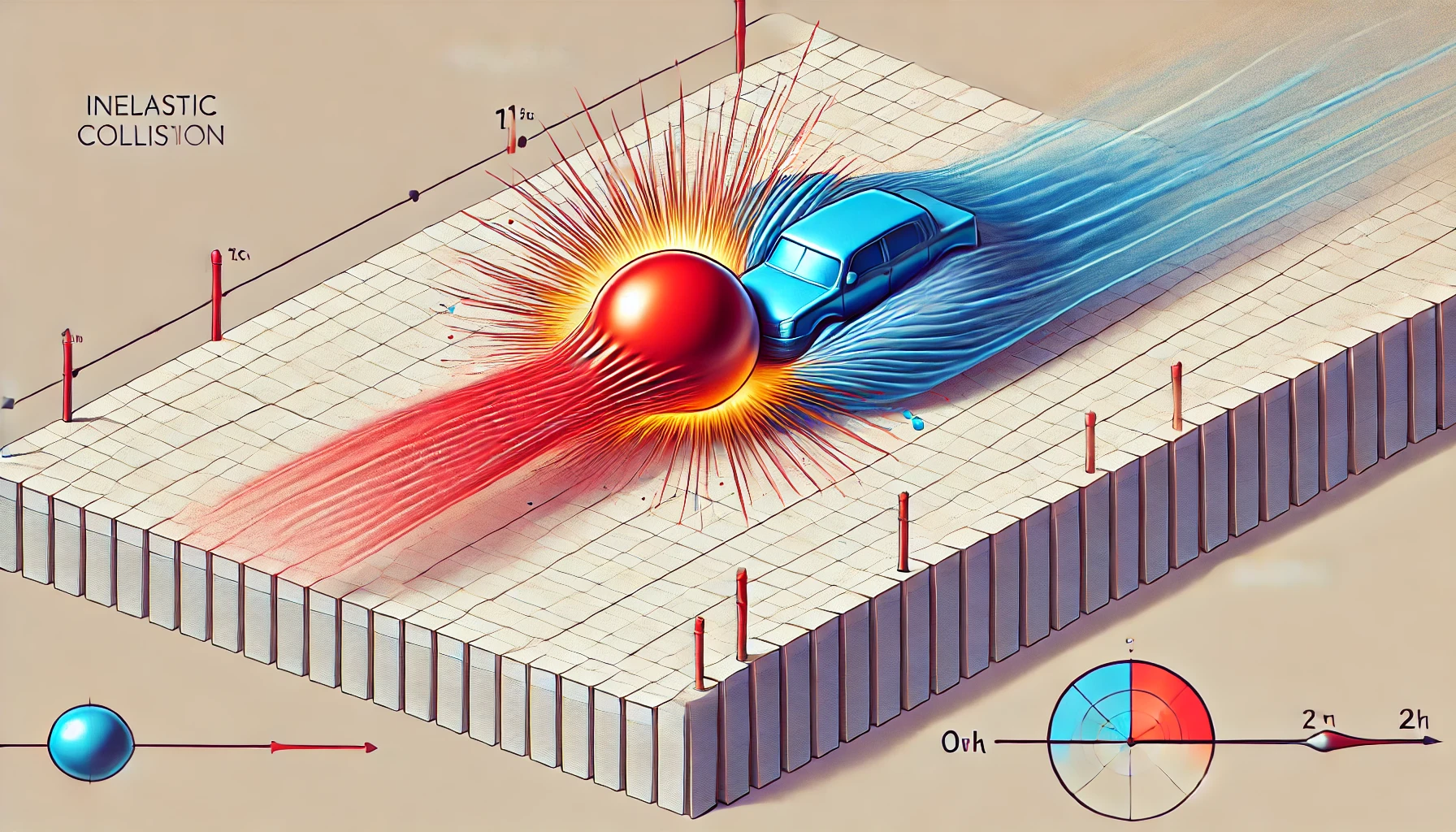The Law of Conservation of Momentum is a fundamental principle in physics that states:
The total momentum of a closed system remains constant if no external forces act on it.
Key Concepts:
- Momentum:
- Defined as the product of an object’s mass (mm) and velocity (vv).
- Formula: p=mv\mathbf{p} = m \mathbf{v}, where p\mathbf{p} is the momentum vector.
- Closed System:
- A system where no external forces (like friction or gravity from outside the system) act.
- Internal forces within the system (e.g., collisions between particles) do not affect the total momentum.
- Conservation:
- The total momentum before an interaction (e.g., a collision) equals the total momentum after the interaction: ∑pinitial=∑pfinal\sum \mathbf{p}_{\text{initial}} = \sum \mathbf{p}_{\text{final}}
Applications:
- Collisions:
- Elastic Collision: Both momentum and kinetic energy are conserved.
- Inelastic Collision: Momentum is conserved, but kinetic energy is not.
- Rocket Propulsion:
- The momentum of the ejected gases equals the momentum change of the rocket, propelling it forward.
- Astrophysics:
- Orbital mechanics rely on momentum conservation to predict planetary motions.
Example:
Consider two objects in a collision:
- Object 1: Mass m1m_1, Velocity v1v_1
- Object 2: Mass m2m_2, Velocity v2v_2
If they collide and move with new velocities v1′v_1′ and v2′v_2′ after the collision, the law states: m1v1+m2v2=m1v1′+m2v2′m_1 v_1 + m_2 v_2 = m_1 v_1′ + m_2 v_2′
This equation is used to solve for unknown velocities after the collision.

Leave a Reply